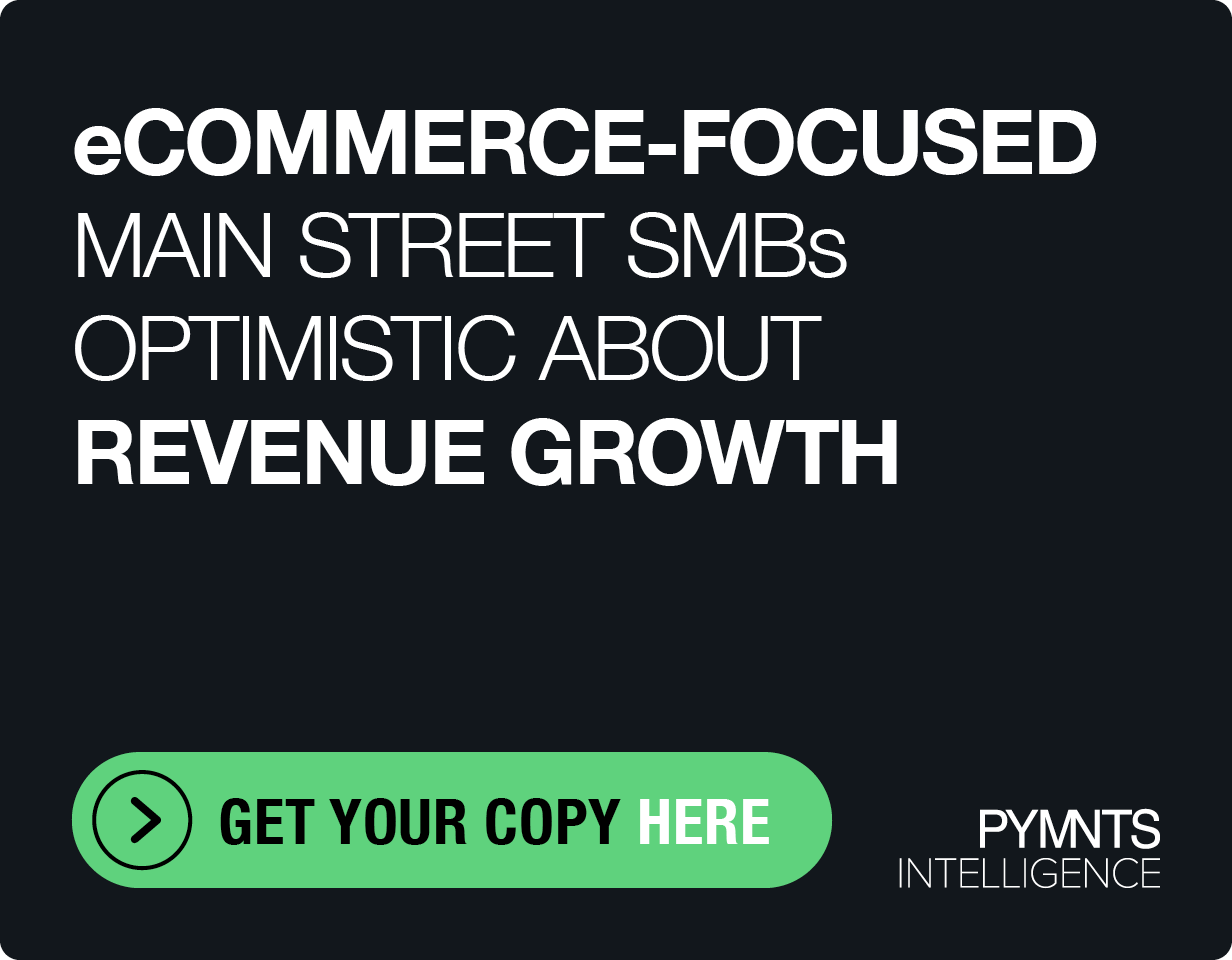Corcentric President On B2B Payments Shift To Seamless

Over the past 20 years, B2B payments have slowly but surely become a target of FinTech innovation. Part of innovators’ motivation to target this industry is the fact that there are so many points in business-to-business transacting that have the potential for friction – from supplier sourcing to procurement to payments and reconciliation.
In more recent years, the focus of FinTechs has started to expand – not just on specific points of B2B transactions and processes, but on the ways these points all connect.
“In recent times, we’ve seen a convergence of procurement and finance,” explained Matt Clark, president and COO of procurement and finance solutions provider Corcentric, in a recent interview with PYMNTS’ Karen Webster. “This is really leading to what I think is a more holistic strategy when it comes to working with your supply base.”
For corporate buyers today, this means seeking suppliers who can not only support firms from a product and services perspective, he said, but also from the perspective of how vendors can support their buyers’ digital transformations overall.
This week, Corcentric announced the acquisition of Source One Management Services, a takeover that integrates enhanced strategic sourcing and procurement capabilities that complement Corcentric’s existing offering.
As Corcentric expands its services, Clark noted that corporates’ approach toward digitization and automation is no longer only about targeting specific processes like sourcing, invoice management and procurement in isolation. Instead, businesses must be working to address the entire sphere of processes holistically, because everything is connected.
“If you look at it in a circular fashion,” he said, “it feeds into itself. The better alignment you have with your suppliers, the more efficient pricing is, the more electronic transactions are, the better your data is – which then goes back to the front-end of the process to refine your supplier sourcing strategy.”
Considering the complexity of interconnecting financial processes, this can be a monumental achievement for a company of any size. Historically, companies have stumbled in their effort, too, said Clark.
“In the past, a buyer would initiate an internal IT project to process orders, invoices and payments, then take it to their supply base,” he noted. “They invested millions of dollars into it, but what their supplier would say is, ‘We just got done with a similar project, and what we developed does not interface with what you developed.’ Both parties have then spent millions on solutions they thought would be the greatest thing since sliced bread – and they can’t get anyone to play nice with it.”
Learning to be Flexible
As companies increasingly understand the importance of not just attacking friction at individual points in the procure-to-pay process, but interconnecting all of those points for a seamless experience, Clark said that among the biggest changes he has seen in the last few decades has been a greater willingness of businesses on both sides of the equation to be flexible.
For corporate buyers, this means willing to work with a third party to facilitate a holistic procure-to-pay process.
“There is a good bit of education that needs to be done,” he said, adding that third parties like Corcentric have to not only provide technology, but a relationship with their customers that is consultative in nature. “On the buy-side of the equation, customers have a willingness to be open-minded around all this technology. This is the biggest evolution: the openness for the customer to be managed by a partner. It allows a lot more in terms of driving innovation.”
As third parties like Corcentric sit in to connect the dots of B2B transactions, they’re also tasked with balancing the needs of buyers and suppliers. This can be a difficult task, considering that oftentimes, the needs of buyer and supplier will contradict.
Take payment terms, for instance. While suppliers want to be paid faster, buyers will want to hold onto capital longer – or, at least, be rewarded for paying their suppliers early.
That’s where the friction lies, Clark said: when businesses are left to their own devices to solve for these disputes themselves.
But this also means that third-party providers have to address the needs of both buyers and suppliers, which, for vendors, means being open and flexible, too. According to Clark, the biggest area in which this is true is suppliers’ willingness to open up data.
“In the past, in a lot of cases, you were dealing with the ‘rear view mirror,’ not the ‘windshield,'” he said, adding that third parties can provide visibility across business partners in near-real time. “If you’re a supplier, a buyer having all of this data and visibility may not be a great thing. But it’s better for all parties to allow for transparency, and to allow for understanding of the motivations that both sides are operating with.”
This visibility, he added, has added another shift in the procurement and B2B payments space: Price is no longer the deciding factor in buyer-supplier relationships.
“This enforces a broader value proposition,” said Clark. “Today, the discussion is less about price. It’s really the whole concept of delivering value to the entire lifecycle of a transaction.
“You might have a supplier who says, ‘I can beat these other guys on price,'” he continued. “But their billing and order processing are a mess. Their payments are archaic. And your individual price point may be lower, but the total cost of managing the relationship will be higher. The total cost of the buyer-supplier relationship is no longer only about the pricing of goods and services. It’s about the pricing and processing of transactions.”
